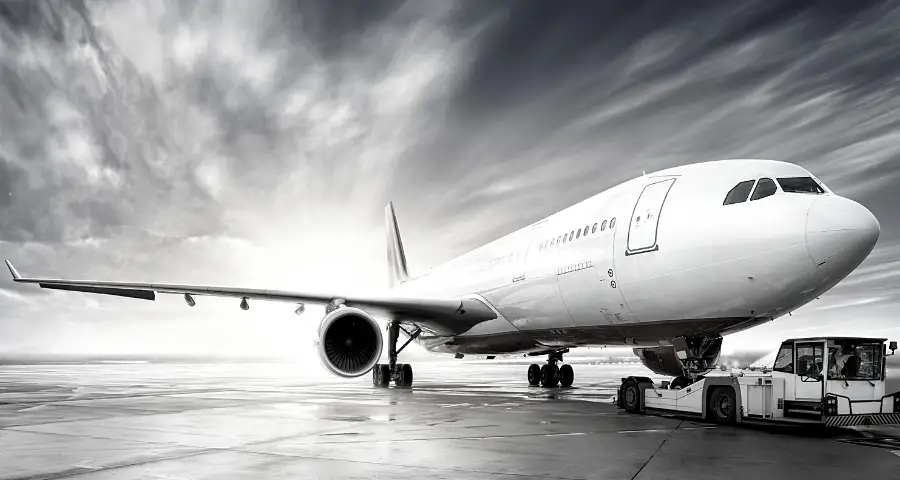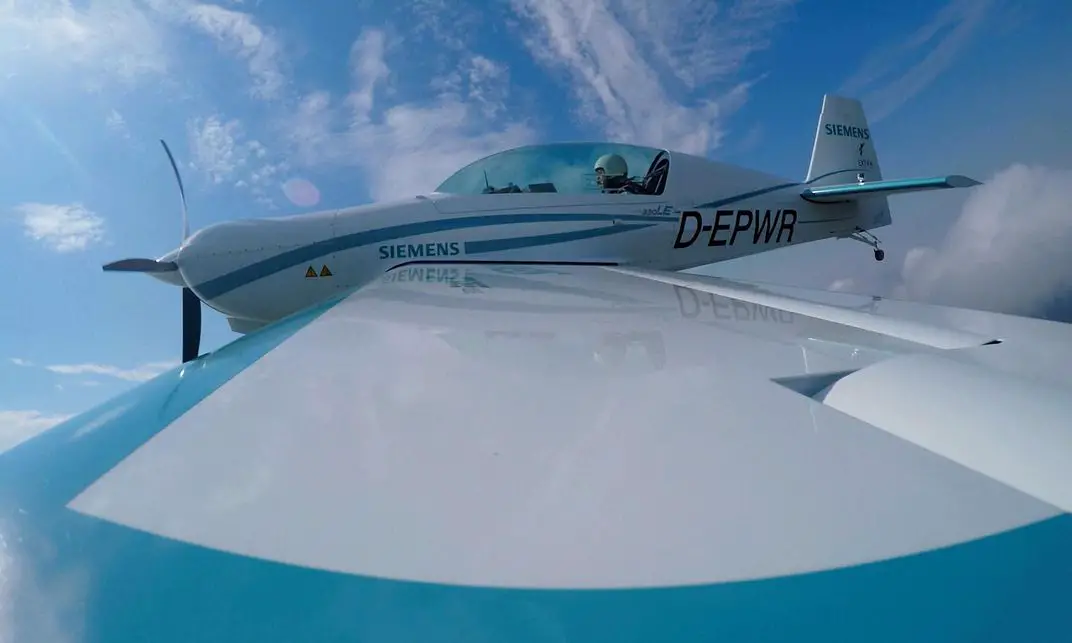
Eco Air Travel – What are Current Options for Green Aviation?
As the world becomes increasingly aware of the environmental impacts of human activity, eco-air travel has emerged as a popular trend among travelers looking to minimize their carbon footprint.
Green aviation, a crucial component of eco-travel, has gained momentum in recent years as the aviation industry looks to reduce its environmental impact. This article explores the current options for green aviation, focusing on alternative fuels, energy-efficient technologies, and sustainable practices.
Electric aircraft: A promising alternative
Electric aircraft are one of the most promising developments in green aviation, as they produce zero direct carbon emissions. While the technology is still in its early stages, several companies have made significant strides in developing electric airplanes.
For example, Eviation’s Alice, a nine-passenger electric aircraft, is expected to enter commercial service with a range of up to 506 miles.
Another noteworthy example is the eFlyer by Bye Aerospace, a two-seater electric airplane designed primarily for flight training. The eFlyer boasts an impressive energy efficiency, with an operating cost of just $23 per flight hour, compared to $110 per hour for a Cessna 172, a conventional training aircraft.
Hybrid-electric aircraft: Bridging the gap
Hybrid-electric aircraft, which combine traditional combustion engines with electric propulsion systems, offer an interim solution for reducing greenhouse gas emissions while the industry transitions to fully electric aircraft.
One notable example is Ampaire’s Electric EEL, a retrofitted Cessna 337 Skymaster, has successfully flown multiple test flights, demonstrating the feasibility of hybrid-electric aircraft for commercial aviation. With a 50 – 70% reduction in fuel costs, the Electric EEL showcases the potential benefits of hybrid-electric technology.
Sustainable aviation fuel: A greener alternative
Sustainable Aviation Fuel (SAF) is a promising alternative to traditional jet fuel, as it significantly reduces carbon emissions. Derived from renewable sources like waste oils, agricultural residues, and non-food crops, SAF can reduce the carbon footprint of air travel by up to 80% over its lifecycle.
Major airlines, such as United, KLM, and Qantas, have begun incorporating SAF into their fuel mix. In May 2022, United Airlines signed an agreement with Neste to buy up to 52.5 million gallons of SAF over the next three years. As SAF production increases and becomes more cost-effective, it is likely to become a more widespread option for eco-conscious travelers.
Aerodynamic improvements and lightweight materials
Aircraft manufacturers are continuously working to improve aerodynamics and incorporate lightweight materials to increase fuel efficiency and reduce emissions.
For instance, Boeing’s 787 Dreamliner and Airbus’ A350 XWB utilize carbon-fiber-reinforced polymer (CFRP) in their construction, significantly reducing their weight and improving fuel efficiency by up to 25%.
Furthermore, advancements in winglet technology have also contributed to fuel savings. Winglets, or the upward-curved extensions at the end of an airplane’s wings, reduce drag and improve fuel efficiency by 4-5%. These seemingly small changes add up, significantly impacting overall emissions.
Operational efficiencies: A holistic approach
In addition to technological advancements, airlines are focusing on operational efficiencies to minimize their environmental impact.
For example, optimizing flight routes, reducing aircraft weight, and implementing single-engine taxiing are all strategies that airlines employ to save fuel and reduce emissions.
Air traffic control systems are also being modernized to enhance fuel efficiency. The implementation of the Next Generation Air Transportation System (NextGen) in the United States and the Single European Sky ATM Research (SESAR) in Europe aim to optimize airspace management, reduce delays, and minimize fuel consumption by providing more direct flight paths.
Another operational strategy is the Continuous Descent Approach (CDA), which involves aircraft descending at a constant angle rather than following a stepped approach. This method reduces fuel burn, emissions, and noise pollution during landing. The utilization of CDA during flights can result in saving up to 30 to 70 kg of fuel for a single-aisle aircraft like A320 or B737, while larger aircraft can benefit even more with a possible saving of over 250 kg.
Offsetting carbon emissions: A temporary solution
While the aviation industry works towards greener solutions, carbon offsetting programs offer passengers the option to mitigate the environmental impact of their flights. These programs allow travelers to invest in projects that reduce or remove greenhouse gas emissions, such as reforestation initiatives or renewable energy development.
Many airlines, including Delta, British Airways, and Lufthansa, offer their passengers the option to offset the carbon emissions associated with their flights.
However, it’s essential to note that carbon offsetting is temporary and should not replace the need for continued innovation in green aviation technologies.
Green airports: Pioneering sustainable practices
Airports play a crucial role in the green aviation ecosystem by adopting sustainable practices and infrastructure. Several airports worldwide have significantly reduced their environmental impact, from installing solar panels and energy-efficient lighting to employing electric ground support vehicles.
Amsterdam’s Schiphol Airport is a leader in sustainable airport operations, with initiatives like a closed-loop recycling system, on-site wastewater treatment, and a commitment to using 100% renewable energy.
Similarly, San Francisco International Airport has set ambitious goals to achieve zero net energy and carbon neutrality by 2050.
Conclusion
The future of green aviation is promising, with innovations in electric and hybrid-electric aircraft, sustainable aviation fuel, aerodynamic improvements, and operational efficiencies. As the industry continues to develop and adopt these technologies, eco-conscious travelers will have an increasing number of options for greener air travel.
However, it’s important to remember that green aviation is just one aspect of eco-travel. To truly minimize our environmental impact, we must consider all aspects of our travel choices, from transportation and accommodation to our daily habits and consumption patterns. Together, we can make a difference in preserving our planet for future generations.






